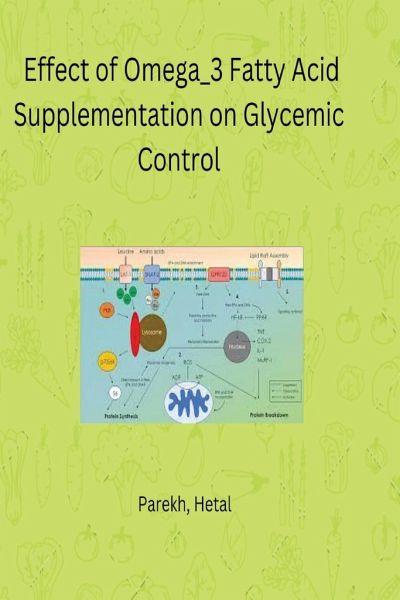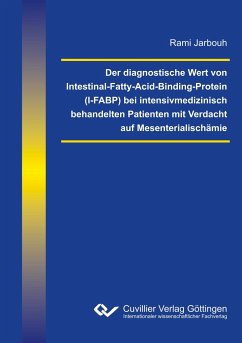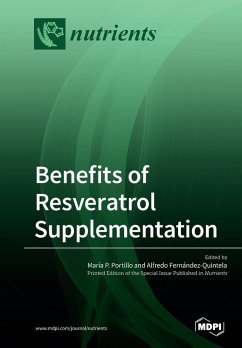Nicht lieferbar

Effect of Omega_3 Fatty Acid Supplementation on Glycemic Control
Versandkostenfrei!
Nicht lieferbar
Among the fatty acids, positive effects of PUFAs and its derivatives on glycemic indices and inflammation have been widely documented by many authors. PUFA have been reported to modulate metabolic as well as inflammatory pathways in patients with diabetes (Takahashi et al, 2017; Gajos et al, 2010; Endo et al, 2016; Makarewicz-Wujec, et al, 2010). An imbalanced dietary ratio of n-6: n-3, in favour of omega-6 has been evidently reported to increase the prevalence of diabesity and inflammation due to its pro-in¿ammatory and prothrombotic properties ( Simopoulos et al, 2008; Simopoulos et al, 201...
Among the fatty acids, positive effects of PUFAs and its derivatives on glycemic indices and inflammation have been widely documented by many authors. PUFA have been reported to modulate metabolic as well as inflammatory pathways in patients with diabetes (Takahashi et al, 2017; Gajos et al, 2010; Endo et al, 2016; Makarewicz-Wujec, et al, 2010). An imbalanced dietary ratio of n-6: n-3, in favour of omega-6 has been evidently reported to increase the prevalence of diabesity and inflammation due to its pro-in¿ammatory and prothrombotic properties ( Simopoulos et al, 2008; Simopoulos et al, 2013; Donahue et al, 2011; Kromhou et al, 2014).Whereas omega-6/omega-3 ratio in favour of omega-3 PUFAs have immense capability to influence insulin signalling transduction and inflammatory pathways thereby, modulate oxidative stress and also exert hypogycemic effect in diabetes (Wallin et al, 2012; Cernea, et al, 2013; Devarshi et al, 2013).













